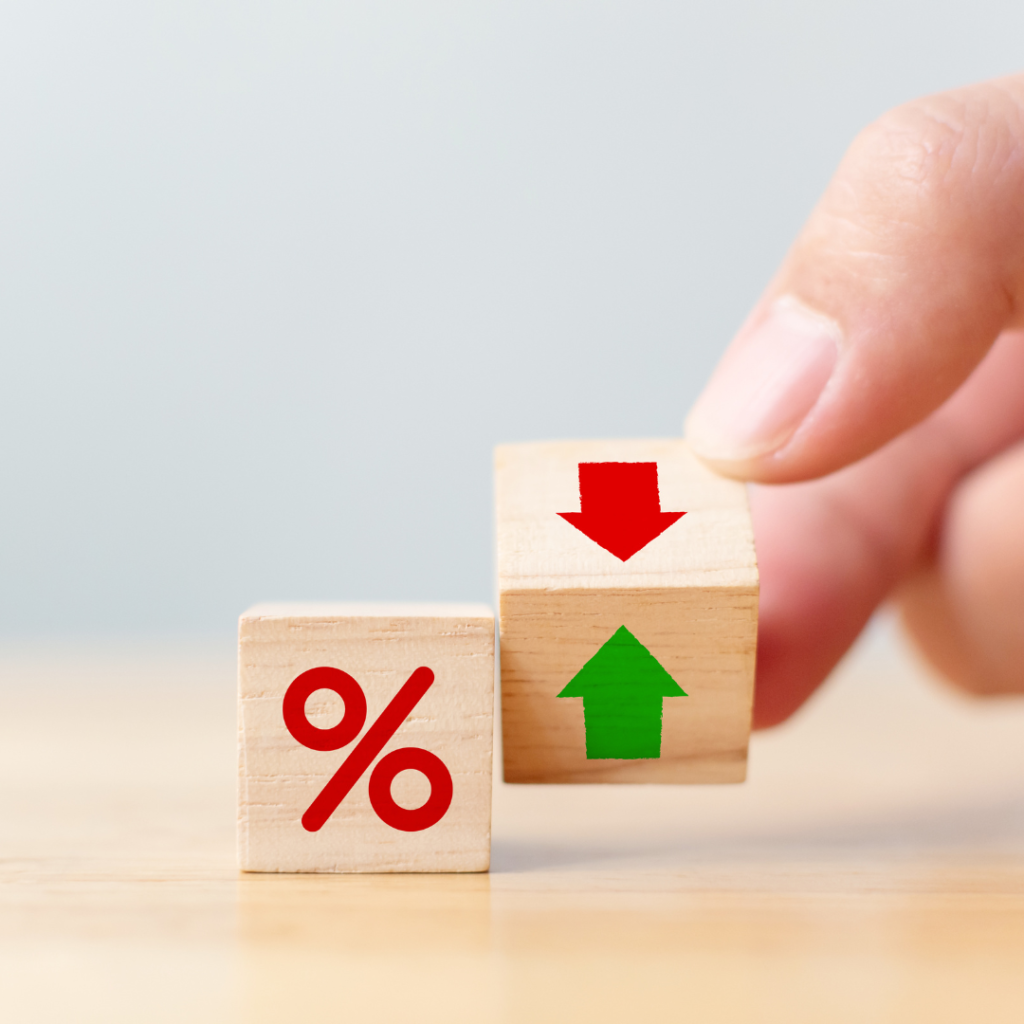The Impact of Upcoming Major Attractions on Dallas’ Housing Market
Dallas, long known for its sprawling metroplex and business-friendly environment, is experiencing a cultural renaissance that’s reshaping its housing landscape. The city’s continued investment in attractions like entertainment districts, cultural venues, and recreational spaces is having profound effects on residential real estate trends. As Dallas positions itself as not just a place to work but a destination to live and play, property values and neighborhood dynamics are shifting in response.
Major Attractions Reshaping Dallas
Dallas’ developmental pipeline is filled with projects designed to enhance the city’s livability and global appeal. The upcoming Trinity River Park, set to be one of the largest urban parks in America, will transform 10,000 acres along the Trinity River into recreational green space. Similarly, the expansion of the Dallas Arts District with new museums and performance venues continues to elevate the city’s cultural profile.
Corporate-driven developments like the PGA headquarters in Frisco and entertainment venues in the Victory Park area are creating new centers of gravity within the metroplex. With the Dallas Cowboy’s AT&T Stadium already established as an anchor, the upcoming expansion of the entertainment district surrounding it promises to further enhance the area’s appeal.
Real Estate Value Correlation
The announcement of these attractions has already begun influencing housing markets in their vicinity. Historical data from similar developments shows that properties within a one-mile radius of major attractions typically see value increases of 15-25% within three years of completion.
For example, neighborhoods adjacent to Klyde Warren Park, which opened in 2012, experienced median home price increases of over 30% in the five years following its completion, significantly outpacing Dallas’ overall market growth of 19% during the same period.
Neighborhood Transformations
Different types of attractions affect housing markets in distinct ways:
Cultural Venues
Areas near the expanding Dallas Arts District have seen a surge in luxury condominiums and upscale apartments. The Bishop Arts District transformation has similarly driven property values upward, with historic homes being renovated and small apartment buildings converted to boutique residential spaces.
The demographic shift in these areas tends toward higher-income professionals, often without children, who value walkability and cultural amenities. This has created concerns about displacement of long-term residents as property taxes rise alongside market values.
Sports and Entertainment Complexes
The areas surrounding stadiums and entertainment districts typically experience commercial development first, followed by residential growth. Mixed-use developments featuring high-end apartments above retail spaces are becoming the norm in these areas, catering to younger professionals seeking experiences over square footage.
The upcoming expansion around the American Airlines Center and Victory Park is expected to further intensify this trend, with several luxury apartment developments already in planning stages.
Investment Opportunities and Risks
For investors, Dallas presents both opportunities and challenges:
Opportunity Zones
Several of Dallas’ designated Opportunity Zones overlap with areas slated for major attraction development, offering tax advantages for long-term investments. These areas, including parts of South Dallas and the Cedars neighborhood, are particularly attractive for developers looking to capitalize on both tax benefits and anticipated appreciation.
Rising Property Taxes
While increased property values benefit sellers and investors, long-term homeowners may face challenges as property tax assessments rise. This has become a political issue in Dallas, with debates about tax caps and homestead exemptions gaining traction.
Rental Market Impacts
The influx of attractions is also affecting Dallas’ rental market. Areas near major attractions command premium rents, with new luxury apartments near entertainment districts averaging 20-30% higher per square foot than comparable units just a few miles away.
For landlords, this presents an opportunity to increase returns, while renters face the prospect of being priced out of the most desirable locations. This dynamic is contributing to development in previously overlooked neighborhoods as residents seek more affordable alternatives.
Future Outlook
Real estate analysts predict that Dallas will continue its pattern of concentric development around these attraction hubs. The next five years are expected to see particular growth in:
- Oak Cliff: As Trinity River Park development progresses
- The Design District: Building on momentum from the Arts District expansion
- Far North Dallas: Benefiting from corporate relocations and entertainment developments in Frisco and Plano
The timing of these developments relative to broader economic cycles will be crucial. With interest rates stabilizing after recent fluctuations, the ability to finance both development and purchases will play a key role in determining how quickly these projections materialize.
Balancing Growth and Community
As Dallas continues to invest in attractions that enhance its appeal, the challenge for city planners and developers will be maintaining the character that makes neighborhoods desirable while accommodating growth. Community benefit agreements and affordable housing requirements are increasingly part of development negotiations, reflecting a growing awareness of the need to balance progress with preservation.
For homebuyers and investors, understanding the relationship between attractions and property values offers strategic advantages. Those who identify emerging neighborhood trends early can potentially benefit from appreciation as these areas grow in popularity.
Dallas’ evolution from a business center to a cultural destination is fundamentally altering its housing market. As major attractions continue to reshape the urban landscape, the ripple effects will be felt across neighborhoods, creating both opportunities and challenges for residents and investors alike. The city’s ability to manage this growth inclusively will determine whether Dallas can maintain its reputation for affordability while enhancing its quality of life.


